Home>Interior Design>Herb Planter Ideas: Ways To Grow In Containers And Pots
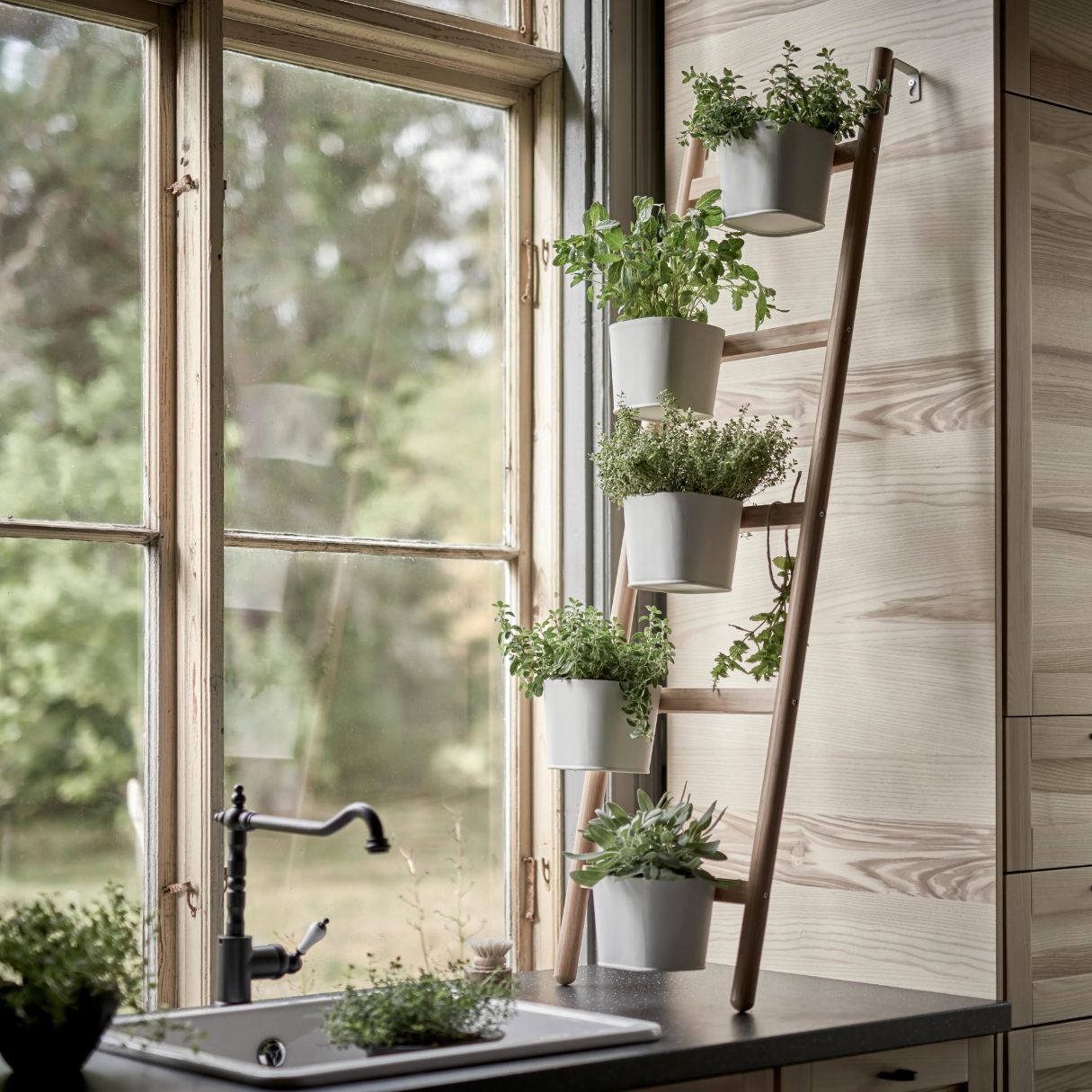

Interior Design
Herb Planter Ideas: Ways To Grow In Containers And Pots
Modified: October 20, 2024
Discover creative herb planter ideas for your interior design! Learn how to grow herbs in containers and pots to add a fresh touch to your space.
(Many of the links in this article redirect to a specific reviewed product. Your purchase of these products through affiliate links helps to generate commission for Storables.com, at no extra cost. Learn more)
Introduction
Welcome to the world of herb planters! If you love cooking with fresh herbs or simply want to add a touch of greenery to your home, herb planters are a fantastic option. Growing herbs in containers and pots is not only convenient, but it also offers numerous benefits. Whether you have limited space, a balcony, or a spacious outdoor area, there are plenty of herb planter ideas to suit every style and need.
Herbs are not only versatile, adding flavor to your dishes, but they also have aesthetic value, with their beautiful foliage and fragrant aroma. Planting herbs in containers allows you to have easy access to your favorite herbs right at your fingertips. It also ensures that you have control over the growing conditions, such as soil quality and sunlight exposure.
Choosing the right containers is crucial for successful herb planting. Different types of containers can provide various benefits and suit different herb varieties. From traditional terra cotta pots to modern hanging planters, the options are endless. In this article, we will explore various herb planter ideas for both indoor and outdoor settings, as well as provide essential tips for maintenance and care.
Whether you are an experienced gardener or a newbie, creating an herb garden in containers is a fun and rewarding endeavor. It allows you to unleash your creativity and personalize your space while enjoying the beauty and functionality of fresh herbs. Let’s dive into the world of herb planter ideas and discover the perfect solution for your herb-growing needs!
Key Takeaways:
- Elevate your herb gardening with creative containers like upcycled items and self-watering systems. Choose the right pots for successful herb growth, and maintain them with proper care and maintenance.
- Embrace the versatility of herb planters, from indoor vertical gardens to outdoor raised bed planters. Select the right containers, provide essential care, and enjoy the beauty and functionality of fresh herbs.
Read more: How To Grow Herbs From Seeds In Pots
Choosing the Right Containers for Herb Planting
When it comes to herb planting in containers, selecting the right containers is essential. The containers you choose will not only affect the aesthetic appeal of your herb garden but also play a significant role in the health and growth of your herbs. Here are a few reasons why selecting the right containers is important:
- Adequate Space: Herbs require sufficient space to develop healthy root systems. Choosing containers that are spacious enough for the herb’s growth ensures that they have enough room for their roots to spread and access essential nutrients.
- Drainage: Proper drainage is crucial for herb planters as it helps prevent waterlogging and root rot. Containers with drainage holes allow excess water to escape, ensuring that the soil stays well-drained and aerated.
- Mobility: Herb containers that are lightweight and portable give you the flexibility to move them around, whether to take advantage of sunlight or protect the herbs during extreme weather conditions.
Now that we understand the importance of selecting the right containers, let’s explore the different types of containers suitable for herb planting:
- Terra Cotta Pots: These classic clay pots are popular for herb planting. They are porous, allowing air and water to circulate through the soil. Their rustic appearance adds a charming touch to any herb garden.
- Plastic Pots: Plastic pots are lightweight, durable, and affordable. They come in various sizes and styles, making them suitable for all types of herbs. Look for pots with drainage holes to avoid waterlogging.
- Hanging Planters: Hanging planters are perfect for small spaces or when you want to utilize vertical space. They can be attached to walls, fences, or suspended from ceilings, adding a unique and decorative element to your herb garden.
- Window Boxes: If you have limited outdoor space, window boxes are a great option. They can be attached to windowsills or mounted on railings, allowing you to grow herbs even in tight urban settings.
- Stackable Planters: Stackable planters are innovative solutions for maximizing space. They consist of several tiers that can be stacked on top of each other, providing multiple levels for herb planting.
- Vertical Gardens: Vertical herb gardens are perfect for creating a striking focal point in your outdoor space. These structures feature multiple shelves or pockets to grow herbs vertically, saving space and adding visual interest.
Remember to consider factors such as the size of the herb plants, the available space, and your personal style preferences when selecting the containers. By choosing the right containers, you are setting the foundation for a thriving and beautiful herb garden.
Essential Factors for Successful Herb Planting in Containers
Successfully growing herbs in containers requires careful attention to several essential factors. By providing the optimal conditions for your herbs, you can ensure their health and productivity. Here are some vital factors to consider for successful herb planting in containers:
- Sunlight Requirements: Most herbs thrive in full sun, meaning they require at least six hours of direct sunlight each day. Place your herb containers in a location that receives adequate sunlight. If you have limited sun exposure, consider herbs that can tolerate partial shade, such as mint or parsley.
- Soil Selection and Preparation: Choosing the right soil is crucial for the growth of your herbs. Use a well-draining potting mix that is specifically formulated for container gardening. Avoid garden soil, as it can become compacted and hinder drainage. Adding organic matter, such as compost or aged manure, can improve soil fertility and drainage.
- Watering and Drainage Tips: Proper watering and drainage are essential for the health of your herbs. Be sure to water your herbs thoroughly when the top inch of soil feels dry. Use a watering can or a hose with a gentle spray to avoid disturbing the soil and damaging the herbs. Ensure that your containers have drainage holes to prevent waterlogging, which can lead to root rot.
Additionally, you may want to consider using mulch around your herb plants to help retain moisture and suppress weed growth. Organic mulch, such as straw or wood chips, can also help regulate soil temperature and improve overall soil health.
When it comes to watering, it’s important to strike a balance. Overwatering can suffocate the roots and lead to disease, while underwatering can cause wilting and hinder growth. Monitor the moisture level of the soil regularly and adjust your watering schedule accordingly.
Furthermore, herbs in containers may require more frequent watering compared to those planted in the ground due to the limited soil volume. However, different herbs have different water requirements, so it’s important to research the specific needs of each herb variety you are growing.
Lastly, it’s worth noting that herbs grown in containers may require more frequent fertilization compared to those in the ground. Dilute organic liquid fertilizers or slow-release granular fertilizers can be applied every few weeks or as recommended by the product instructions to ensure your herbs receive adequate nutrients for healthy growth.
By considering these essential factors and ensuring proper sunlight exposure, selecting the right soil, and providing adequate watering and drainage, you can set your herb plants up for success in their containers.
Indoor Herb Planter Ideas
If you’re short on outdoor space or want to enjoy fresh herbs year-round, indoor herb planters are the perfect solution. Not only do they provide convenience and accessibility, but they also add a touch of greenery and freshness to your interior. Here are some indoor herb planter ideas to inspire your indoor herb garden:
- Small Space Herb Gardens: If you have limited countertop or windowsill space, consider creating a small space herb garden. Use individual pots or a multi-tiered herb planter to maximize space efficiency. Arrange your herbs in a visually appealing way, and make sure they receive adequate sunlight near a window.
- Vertical Herb Planters: Vertical herb planters are excellent for utilizing wall space and adding a unique decorative element to your indoor space. Vertical herb planters come in various designs, such as wall-mounted planters or stacked pocket planters. They allow you to grow herbs vertically, saving space and creating a stunning living wall of herbs.
- Hanging Herb Planters: Hanging herb planters are ideal for those who want to make the most of overhead space. These planters can be suspended from ceilings or hung on walls, providing a stylish and space-saving way to grow herbs. Choose lightweight hanging planters that are easy to install, and make sure to place them near a window or under grow lights to ensure your herbs receive enough light.
When it comes to choosing herbs for your indoor garden, opt for varieties that thrive in indoor conditions with lower light levels. Some popular choices include basil, chives, mint, parsley, and thyme. Remember to consider the space requirements and growth habits of each herb, as some herbs may need more space to spread out compared to others.
Indoor herb planters not only provide a fresh supply of herbs for your culinary adventures but also add beauty and a sense of calm to your indoor space. Experiment with different planter styles and arrangements to create a unique and functional indoor herb garden that brings joy and flavor to your home.
When choosing a container for your herb planter, make sure it has good drainage to prevent waterlogged soil. You can also consider using a self-watering pot to help maintain consistent moisture levels for your herbs.
Outdoor Herb Planter Ideas
Outdoor herb planters are a fantastic way to bring life and flavor to your outdoor spaces. Whether you have a balcony, patio, or spacious garden, there are numerous options for creating beautiful and productive herb gardens. Here are some outdoor herb planter ideas to inspire your outdoor herb planting:
- Herb Container Gardens for Balconies and Patios: If you have limited outdoor space, consider herb container gardens for balconies and patios. Use a variety of containers, such as pots, troughs, or hanging baskets, to grow your herbs. Arrange them creatively to maximize the available space. You can mix different herbs in one container or have individual pots for each herb.
- Window Box Herb Gardens: Window boxes are a popular choice for herb gardening, especially for those with windowsills or railings. These long, narrow planters create a beautiful display of herbs right outside your windows, adding charm to your exterior. Choose shallow window boxes that allow good drainage and fill them with a mix of herbs that thrive in your climate.
- Raised Bed Herb Planters: Raised bed herb planters are ideal for larger outdoor spaces, providing a dedicated area for growing herbs. You can build raised beds using wood, stone, or even repurposed materials such as pallets. Fill them with a well-draining soil mix and arrange your herbs in rows or clusters. Raised bed herb gardens offer the advantage of better control over soil quality and provide ample space for herbs to spread and grow.
When selecting herbs for your outdoor herb planters, consider both culinary herbs and those that attract pollinators and beneficial insects. This will not only provide fresh herbs for your kitchen but also support natural pest control and encourage biodiversity in your garden.
Popular outdoor herb choices include rosemary, sage, thyme, oregano, lavender, and marjoram. These herbs are typically more tolerant of outdoor conditions and thrive in full sun. However, be sure to research the specific growing requirements of each herb to ensure successful cultivation.
With outdoor herb planters, you can create a vibrant and aromatic oasis right outside your door. Whether you have a small balcony or a spacious garden, these herb planter ideas allow you to grow a variety of herbs to enhance your culinary creations and bring joy to your outdoor space.
Creative and Unique Herb Planter Ideas
If you’re looking to add a touch of creativity and uniqueness to your herb garden, consider these creative and unique herb planter ideas. These ideas not only provide a functional space for growing herbs but also add style and innovation to your garden. Here are some inspiring ideas to get you started:
- Upcycled Containers for Herb Planting: Give new life to old items by repurposing them as herb planters. Upcycled containers not only add a unique aesthetic to your herb garden but also promote sustainability. Consider using items such as vintage teapots, tin cans, wooden crates, or old mason jars as charming planters for your herbs. Just make sure to provide proper drainage by drilling holes or using a layer of gravel at the bottom.
- Herb Planters with Built-In Trellis: Some herb varieties, such as cucumbers, peas, or climbing herbs like thyme or rosemary, benefit from vertical support. Planters with built-in trellises offer a convenient solution for growing these climbing herbs. You can find planters with trellises or build your own by attaching a trellis to the back of a planter. This not only saves space but also adds a beautiful architectural element to your herb garden.
- Herb Planters with Self-Watering Systems: If you struggle with inconsistent watering or have a busy lifestyle, herb planters with self-watering systems can be a game-changer. These planters come with a reservoir that stores water, which is gradually released to the plants as needed. This ensures that your herbs receive adequate moisture without the risk of overwatering. Self-watering planters are available in various styles and sizes, so you can find one that suits your needs and complements your garden decor.
When it comes to creativity in herb planters, you are limited only by your imagination. Have fun experimenting with different materials, colors, and textures to create a unique and personalized herb garden that reflects your style and personality.
Remember that while the creative aspect is important, it’s equally crucial to ensure the practicality and functionality of your herb planters. Consider the specific needs of your herbs, including proper drainage, adequate space, and suitable growing conditions, to ensure the success of your unique herb planter ideas.
By incorporating these creative and unique herb planter ideas, you can transform your herb garden into a one-of-a-kind space that showcases your creativity while providing a thriving environment for your herbs.
Maintenance and Care Tips for Herb Planters
Maintaining healthy and thriving herbs in your planters requires proper care and attention. Here are some essential maintenance and care tips to ensure the longevity and productivity of your herb planters:
- Fertilizing Herbs in Containers: Herbs in containers may require frequent fertilization to replenish nutrients in the soil. Use a balanced organic fertilizer or a slow-release granular fertilizer specifically formulated for container plants. Follow the product instructions for dosage and frequency, as over-fertilizing can cause nutrient burn and damage the herbs. Regular fertilization will promote robust growth and enhance the flavor of your herbs.
- Controlling Pests and Diseases: Monitor your herb planters regularly for signs of pests or diseases. Common pests that affect herbs include aphids, spider mites, and whiteflies. If you notice any pests, you can use insecticidal soap or neem oil spray to control them. In terms of diseases, fungal infections such as powdery mildew or root rot can occur. Provide good air circulation, avoid overwatering, and ensure proper drainage to prevent such issues. Removing infected plant parts and treating with suitable organic fungicides can help manage diseases.
- Pruning and Harvesting Herbs: Pruning is essential for maintaining healthy and bushy herb plants. Regularly pinch back or trim the tips of your herbs to encourage branching and prevent them from becoming leggy. You can use the pruned plant material for cooking or drying. When it comes to harvesting herbs, wait until the plants have reached a sufficient size and are actively growing. Harvest in the morning when the essential oils are at their peak concentration. Use sharp scissors or pruning shears to cut the herbs just above a leaf node, as this will promote new growth. Regular harvesting will encourage your herbs to produce more foliage, ensuring a continuous supply of fresh herbs.
In addition to these specific maintenance tips, it’s important to monitor the overall health of your herbs. Check the soil moisture regularly and water as needed, ensuring that the soil is moist but not waterlogged. Be mindful of extremes in weather conditions, such as intense heat or frost, and take appropriate measures to protect your herbs.
Regularly inspect your herb planters for any signs of nutrient deficiencies, such as yellowing leaves or stunted growth. Adjust your fertilization schedule accordingly to ensure your herbs receive the right balance of nutrients.
Lastly, keep in mind that different herbs may have specific care requirements, such as preferential soil pH or pruning techniques. Research the specific needs of the herbs you are growing to provide tailored care and optimize their growth.
By following these maintenance and care tips, you can ensure that your herb planters remain healthy, productive, and a source of enjoyment throughout the growing season.
Conclusion
Creating an herb garden in containers and planters offers a delightful and convenient way to enjoy fresh herbs right at your fingertips. Whether you have limited space or a spacious outdoor area, there are endless possibilities when it comes to herb planter ideas.
Choosing the right containers is crucial for the success of your herb planters. Consider factors like adequate space, drainage, and mobility when selecting containers. From classic terra cotta pots to innovative vertical planters, the options are diverse and can cater to your style and needs.
Ensure the success of your herb planters by paying attention to essential factors such as sunlight requirements, soil selection, and proper watering and drainage. Herbs thrive in sunny locations, so place your herb planters where they can receive adequate sunlight. Use well-draining potting mix and water your herbs consistently, striking a balance between underwatering and overwatering.
Indoor herb planter ideas allow you to enjoy fresh herbs year-round, even in small spaces. Create small space herb gardens, explore vertical herb planters, or hang herbs from ceilings or walls. These ideas bring the beauty and aroma of herbs into your interior, transforming your space into a green oasis.
Outdoor herb planter ideas provide opportunities to bring life and flavor to your outdoor areas. Herb container gardens for balconies and patios, window box herb gardens, and raised bed herb planters are just a few options to consider. Customize your outdoor space with herbs that thrive in full sun, adding beauty and functionality to your garden.
For those looking for creative and unique herb planter ideas, consider upcycling containers for planting, utilizing herb planters with built-in trellises, or opting for self-watering systems. These ideas not only showcase your creativity but also improve the functionality and visual appeal of your herb garden.
Remember to care for your herb planters by fertilizing them appropriately, controlling pests and diseases, and pruning and harvesting your herbs regularly. Provide the necessary nutrients, monitor for pests and diseases, and maintain the health and productivity of your herbs through proper pruning and harvesting techniques.
In conclusion, herb planters offer a myriad of possibilities for growing your favorite herbs. They enhance your culinary creations, add beauty to your space, and provide a rewarding gardening experience. Whether you choose indoor or outdoor herb planters, traditional or unique designs, the joy of growing and enjoying your own fresh herbs is unparalleled.
Frequently Asked Questions about Herb Planter Ideas: Ways To Grow In Containers And Pots
Was this page helpful?
At Storables.com, we guarantee accurate and reliable information. Our content, validated by Expert Board Contributors, is crafted following stringent Editorial Policies. We're committed to providing you with well-researched, expert-backed insights for all your informational needs.
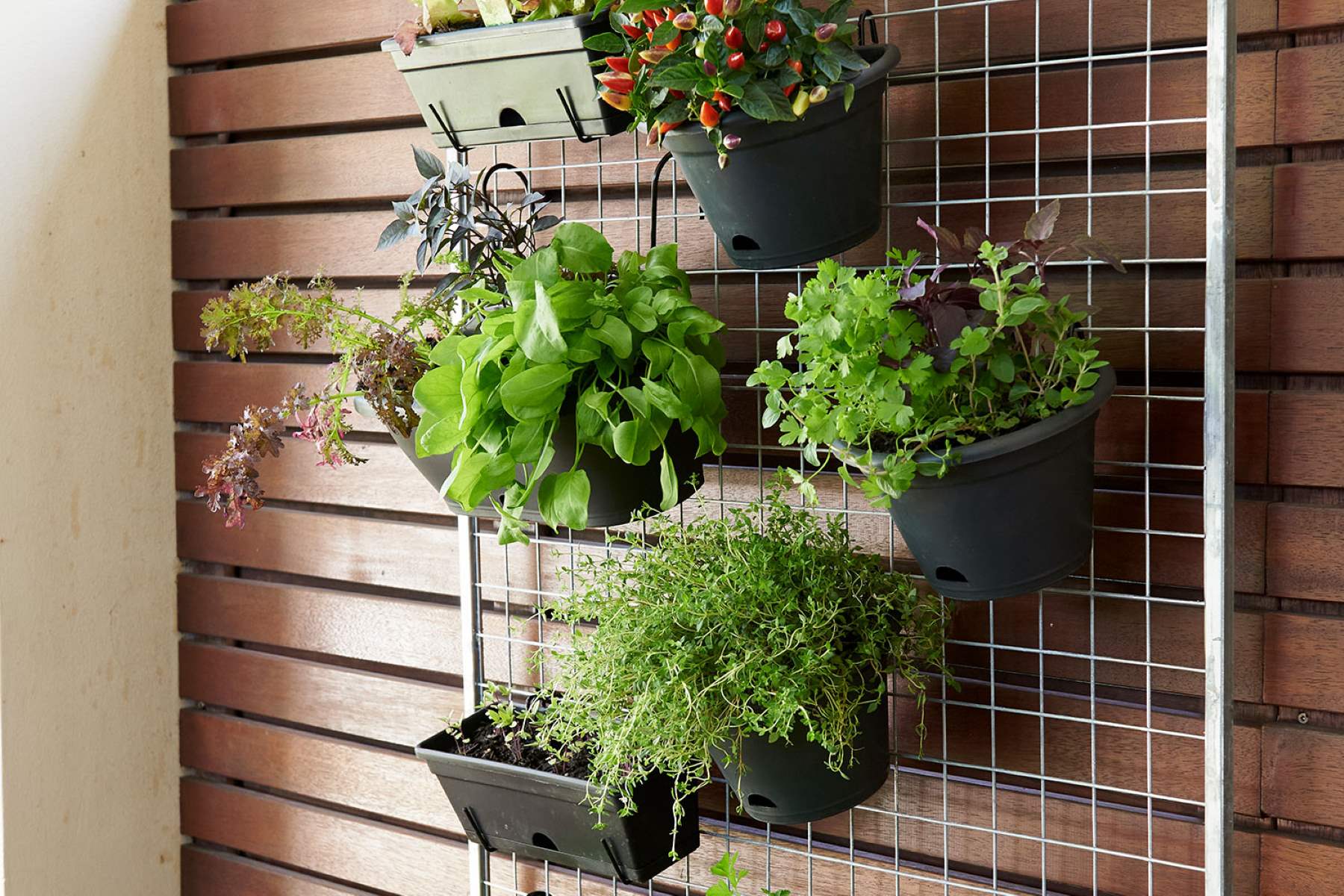
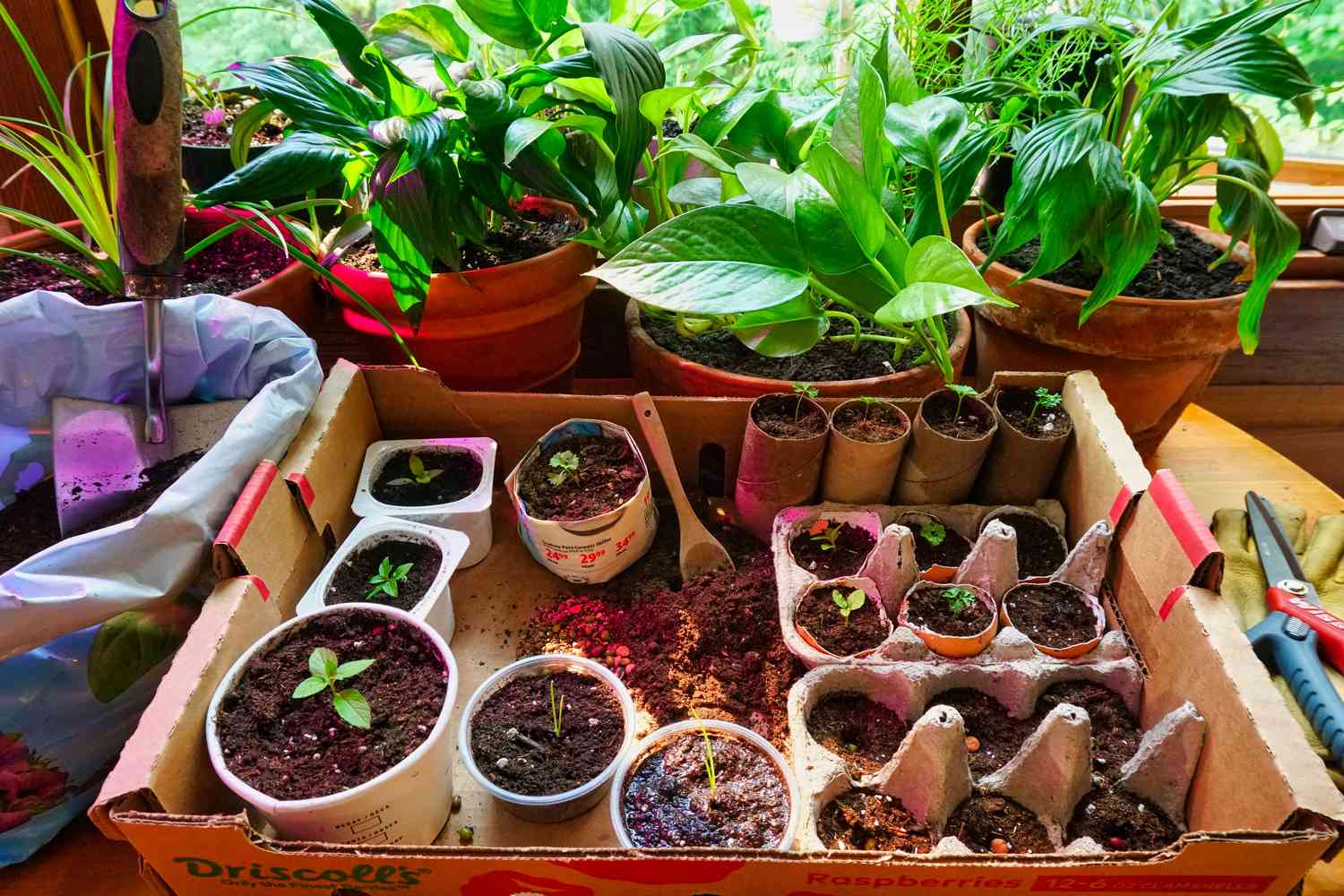
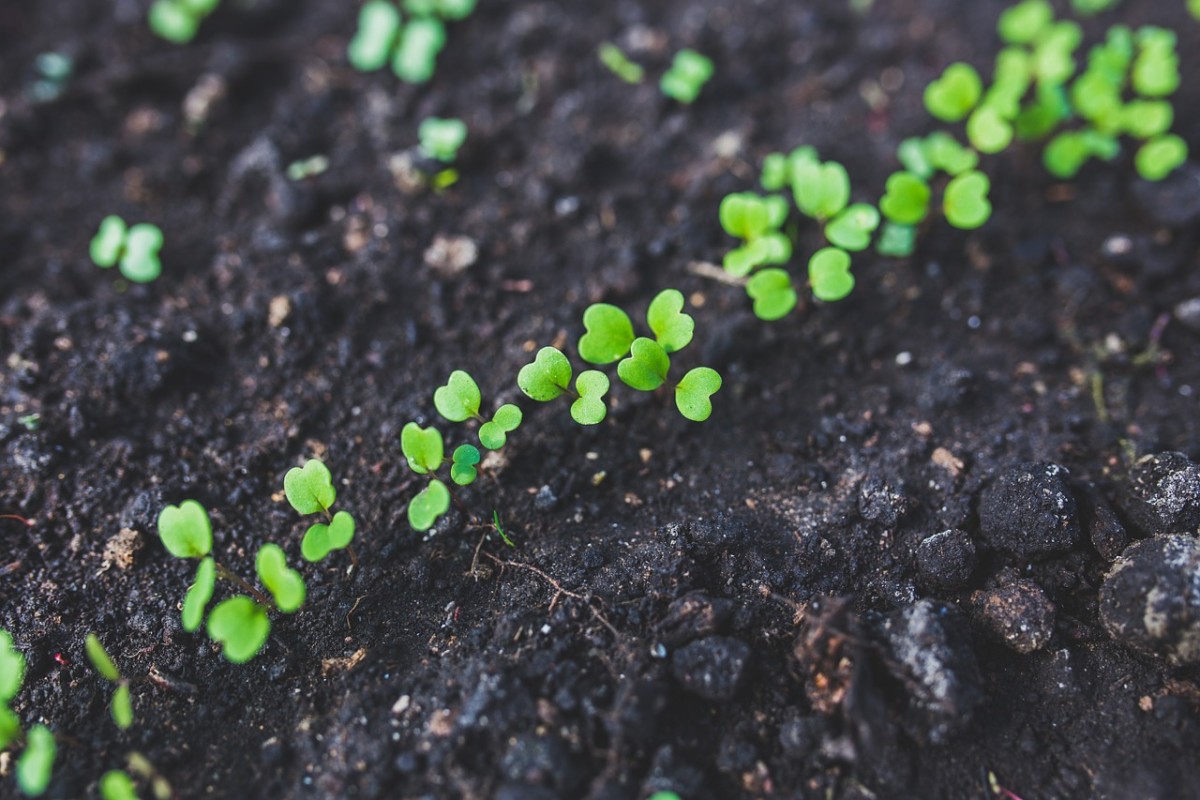
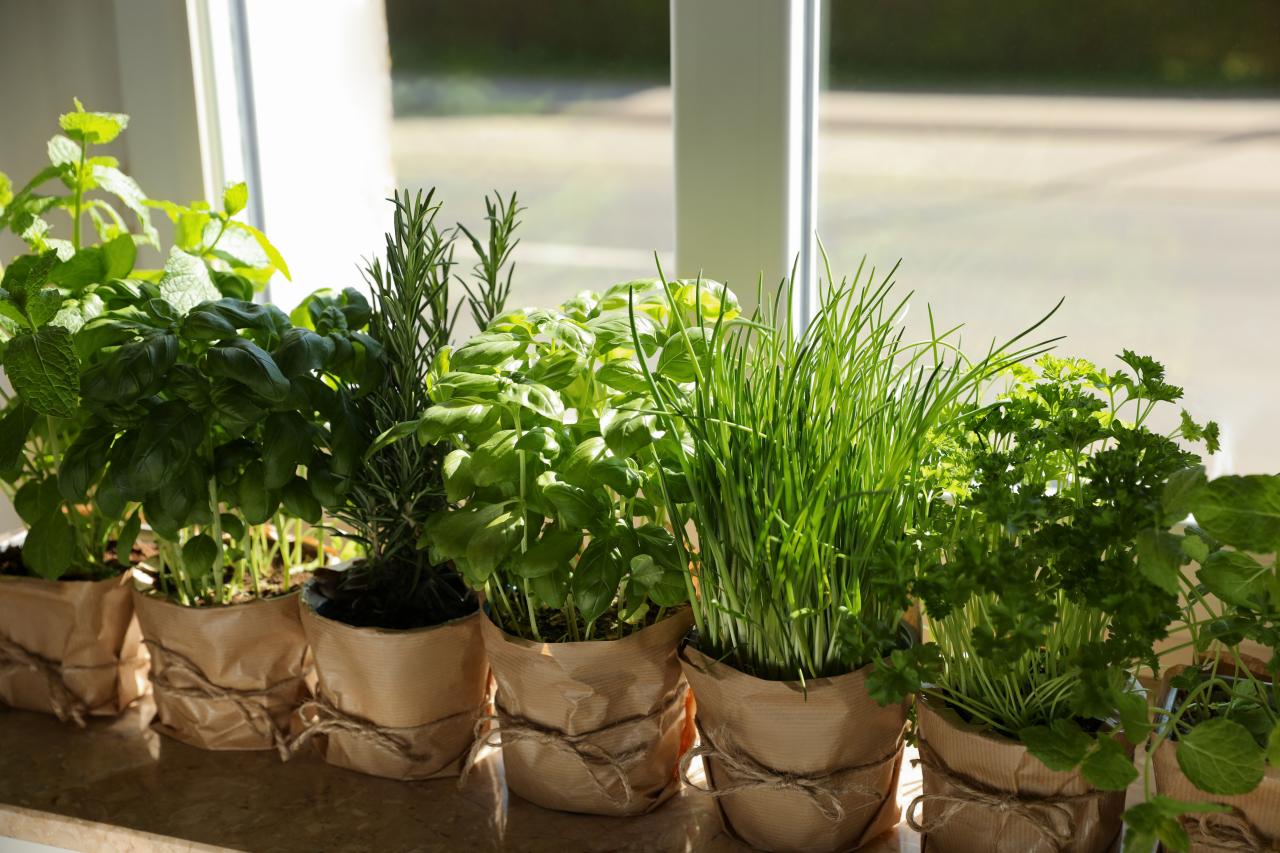
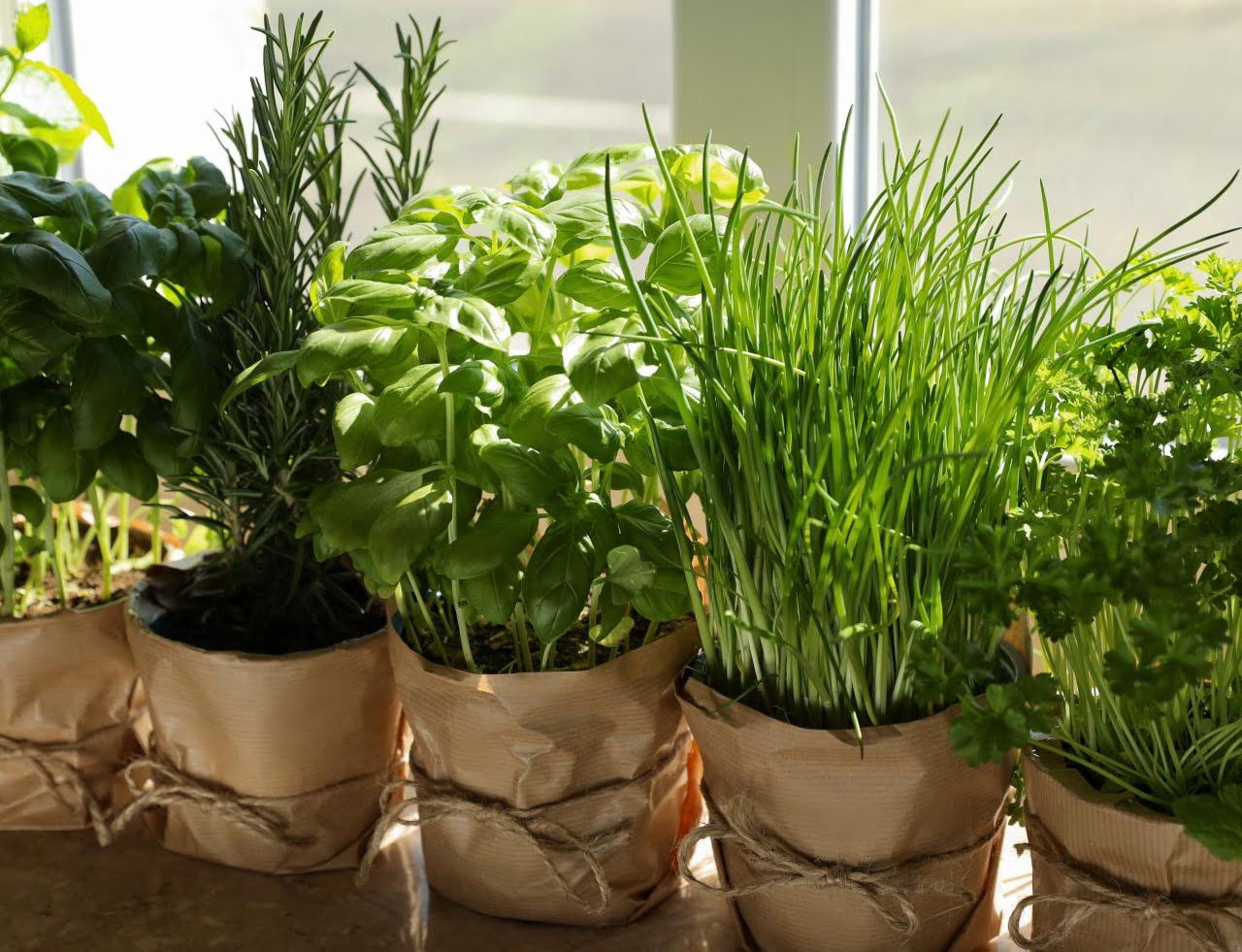
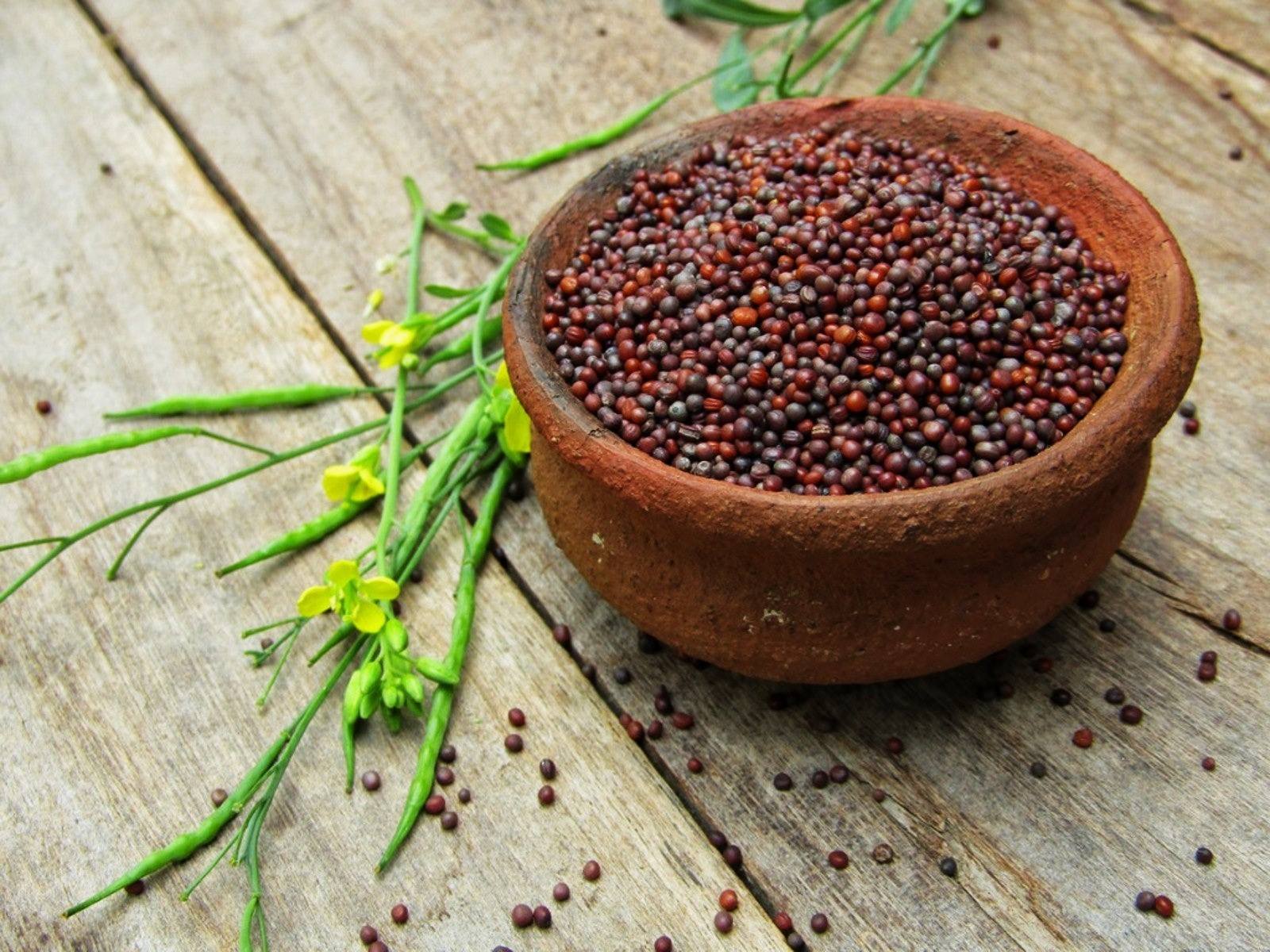
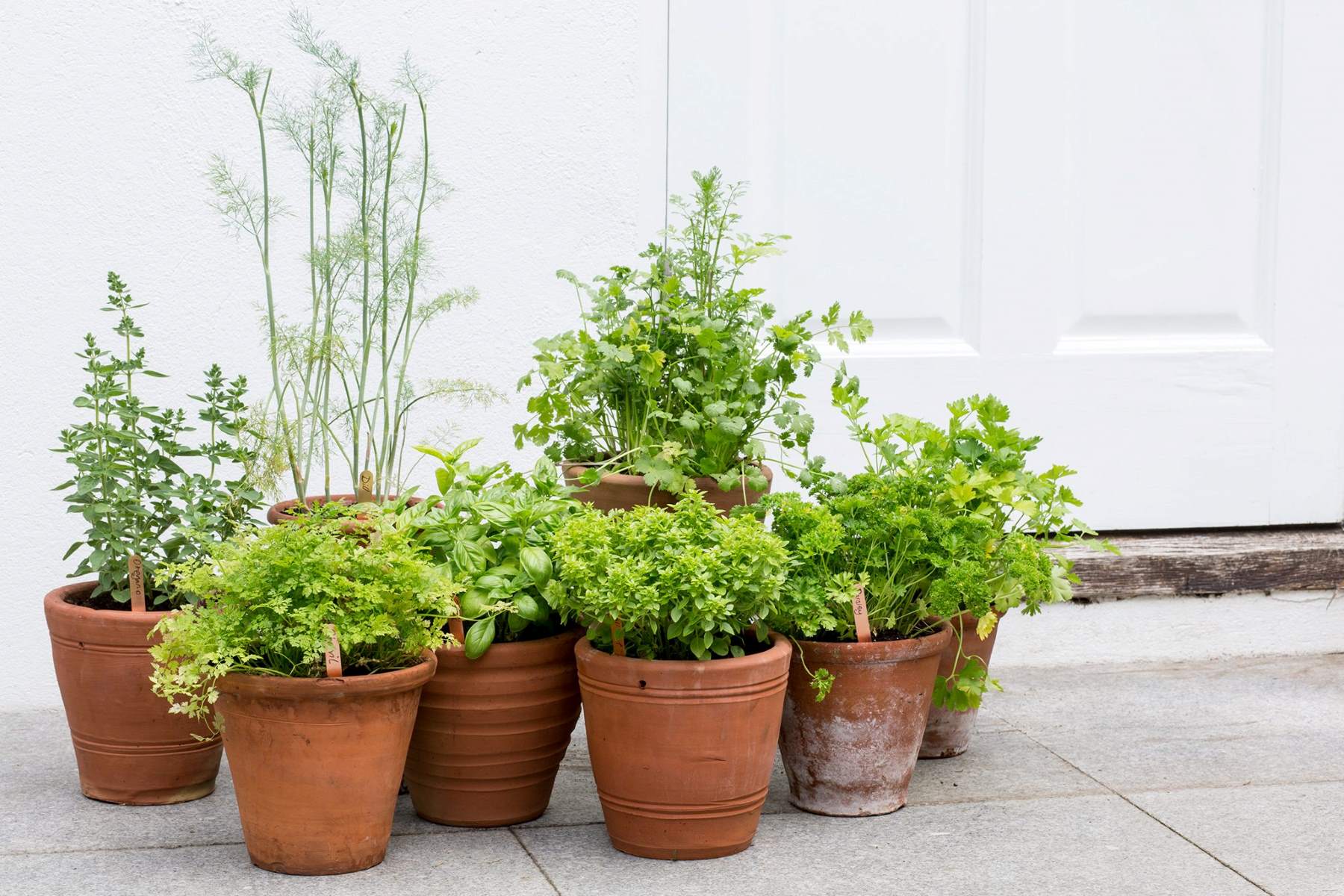
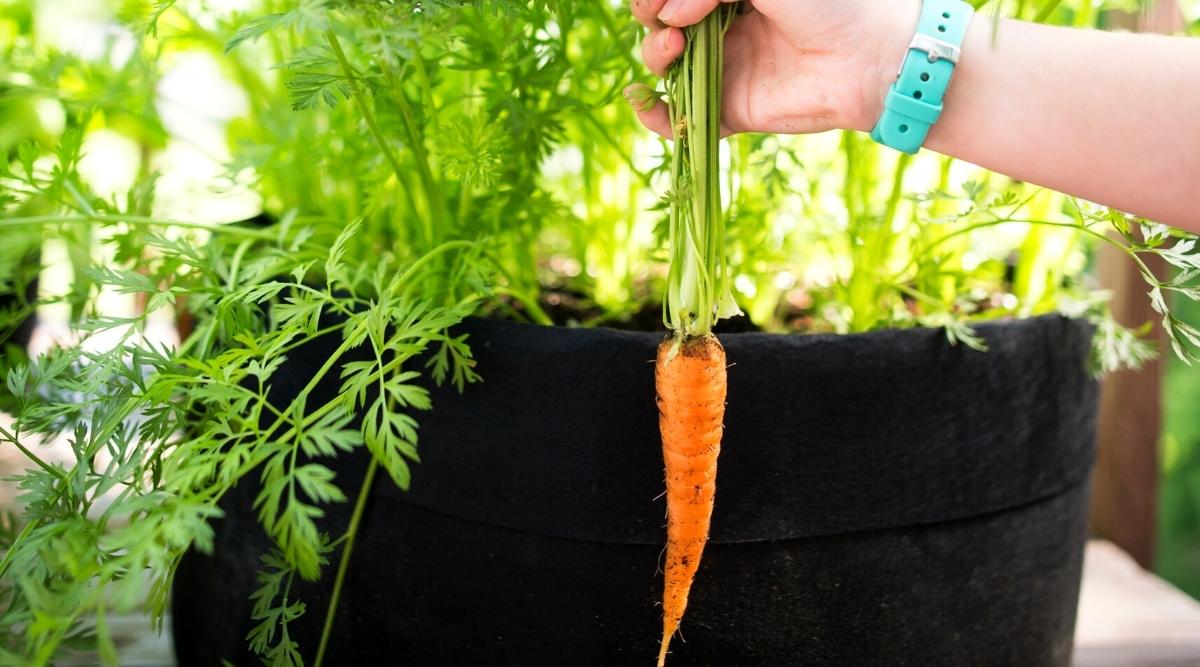
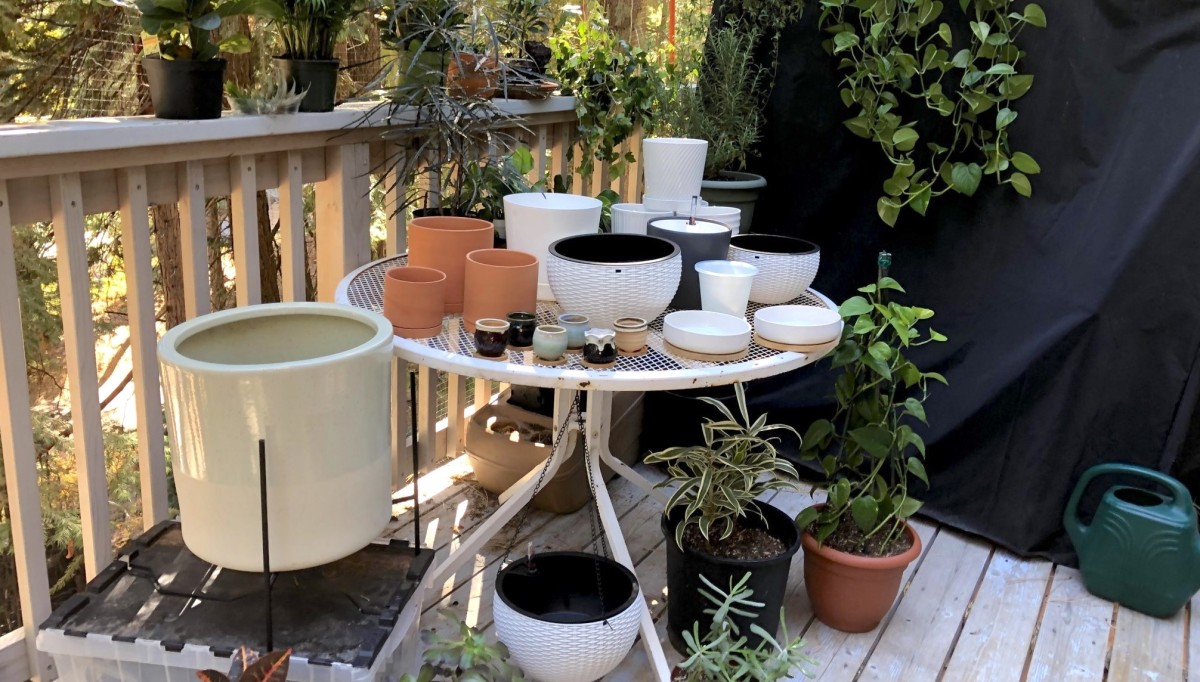
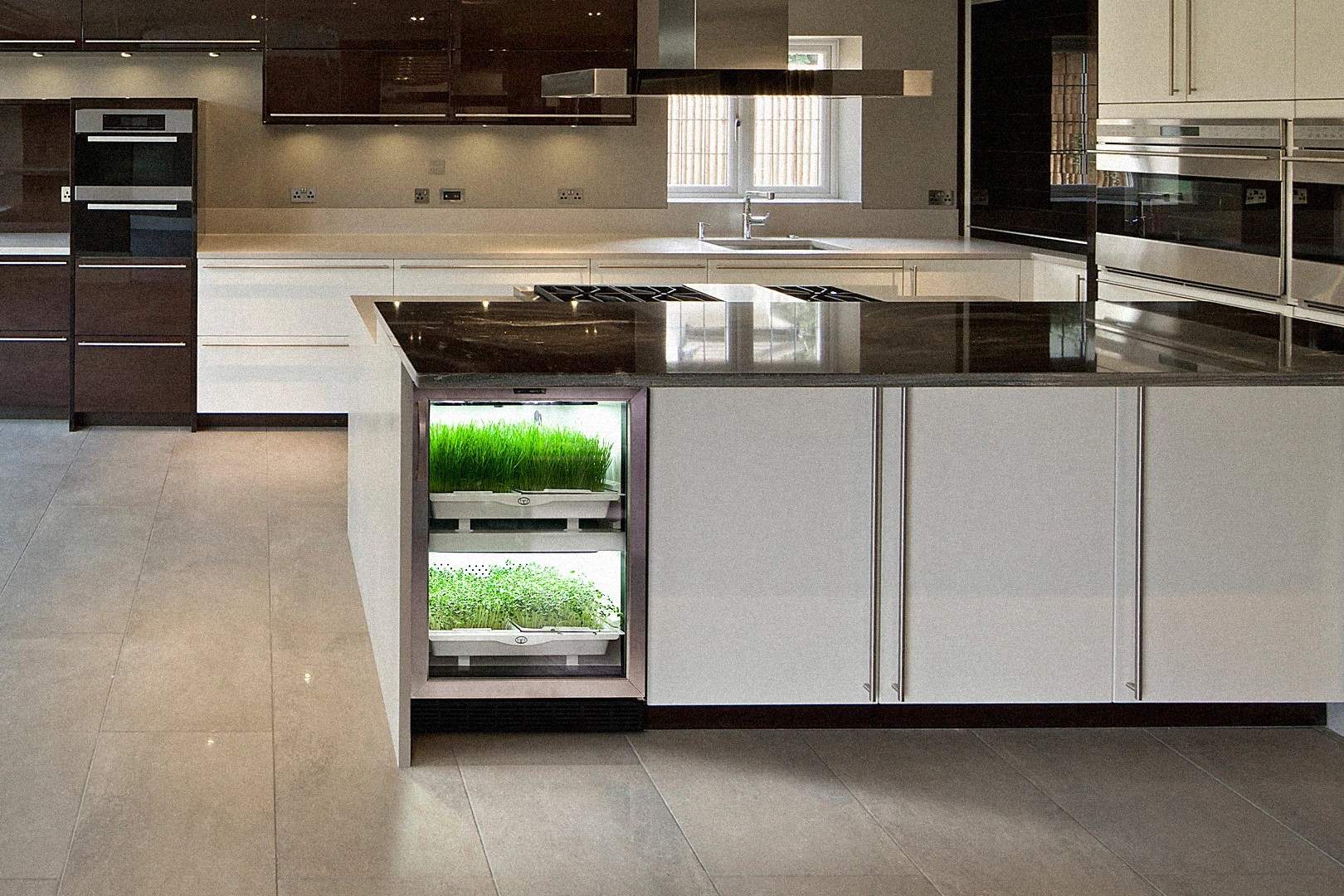
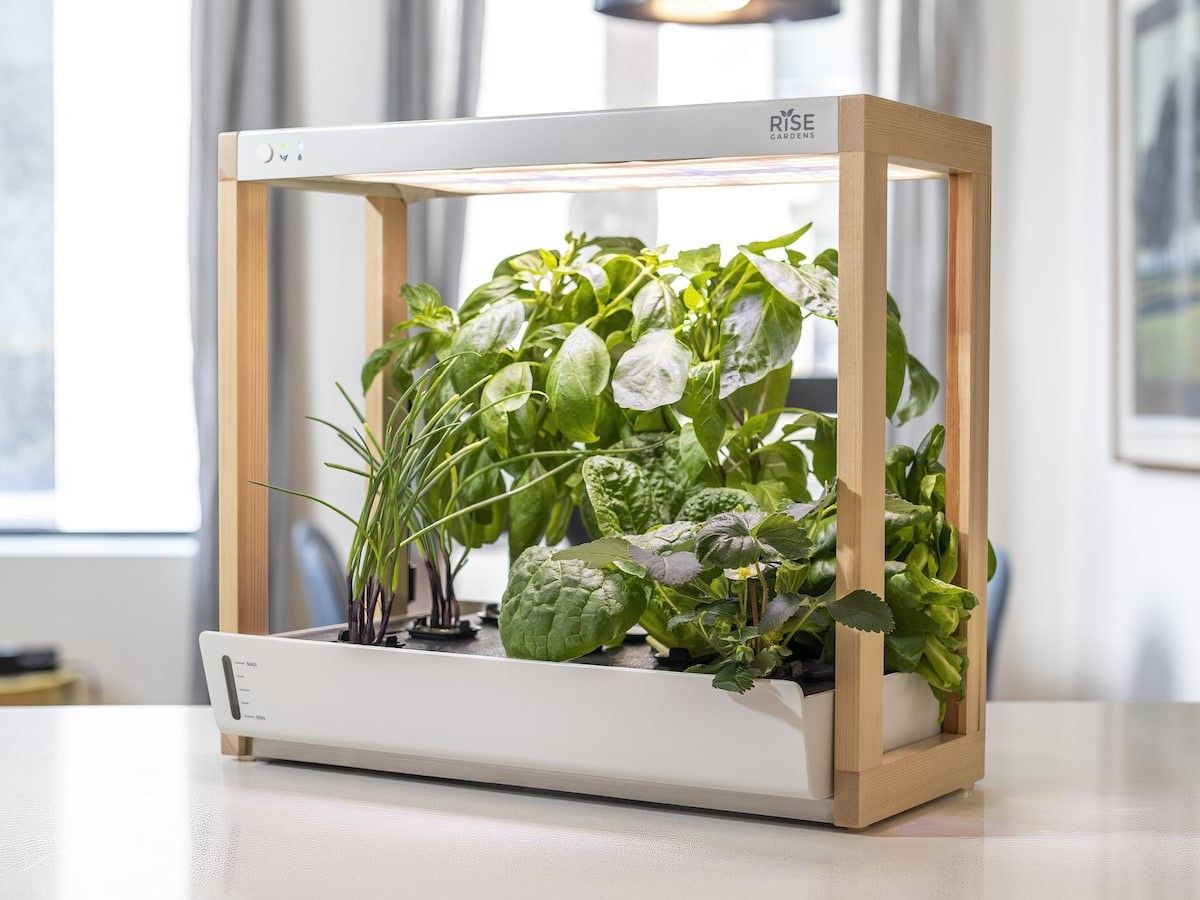
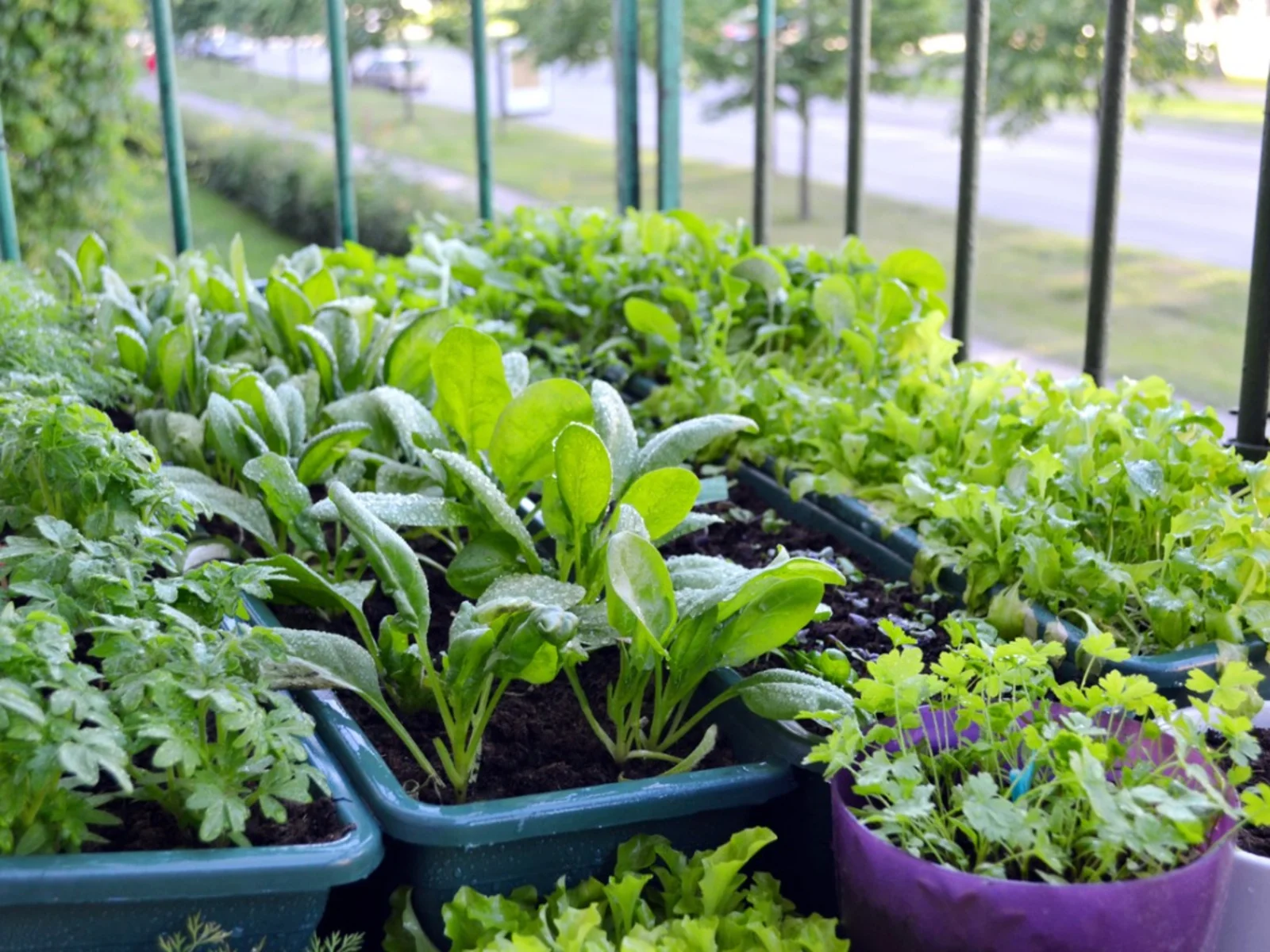
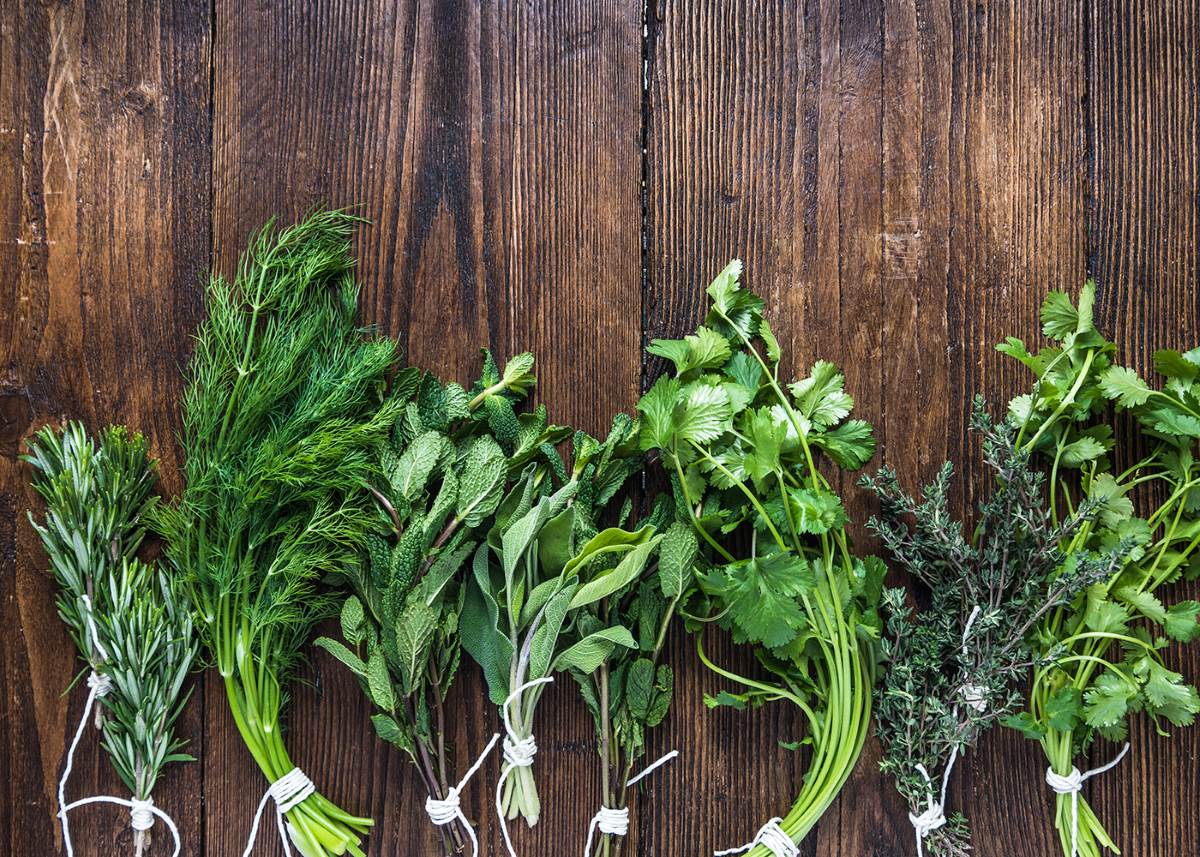
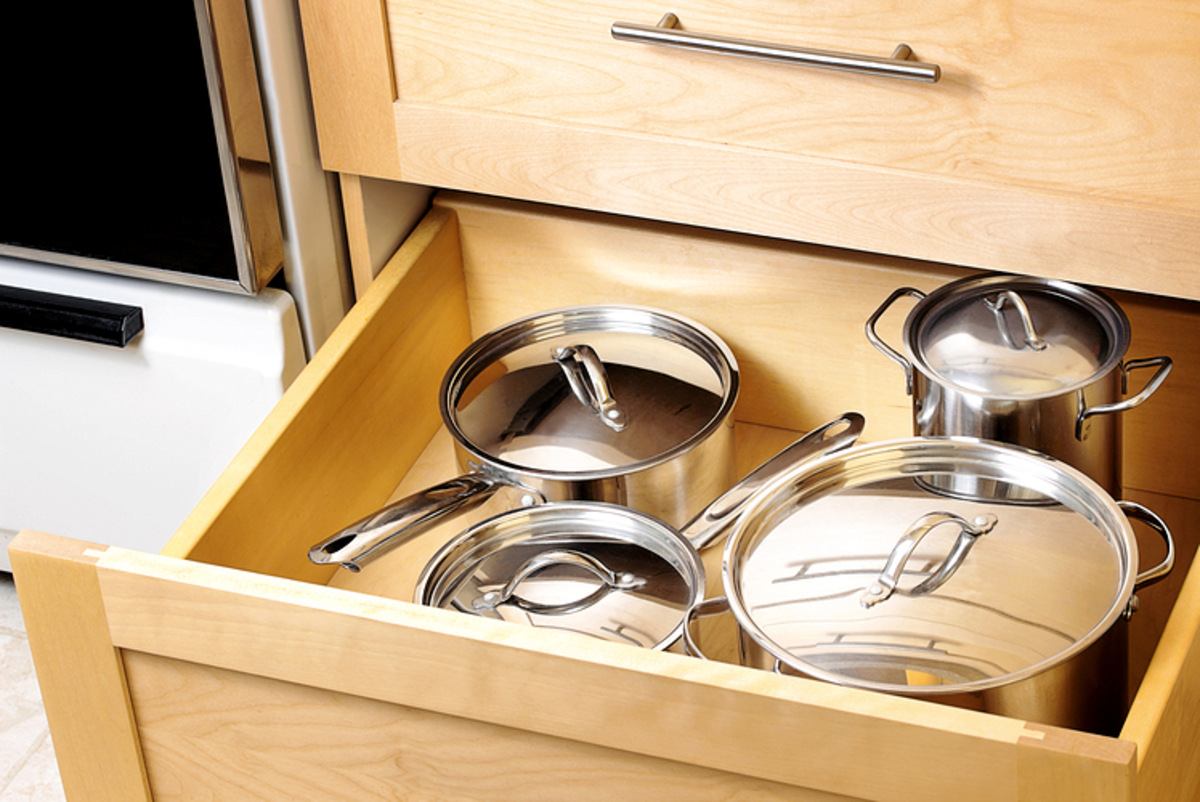

0 thoughts on “Herb Planter Ideas: Ways To Grow In Containers And Pots”